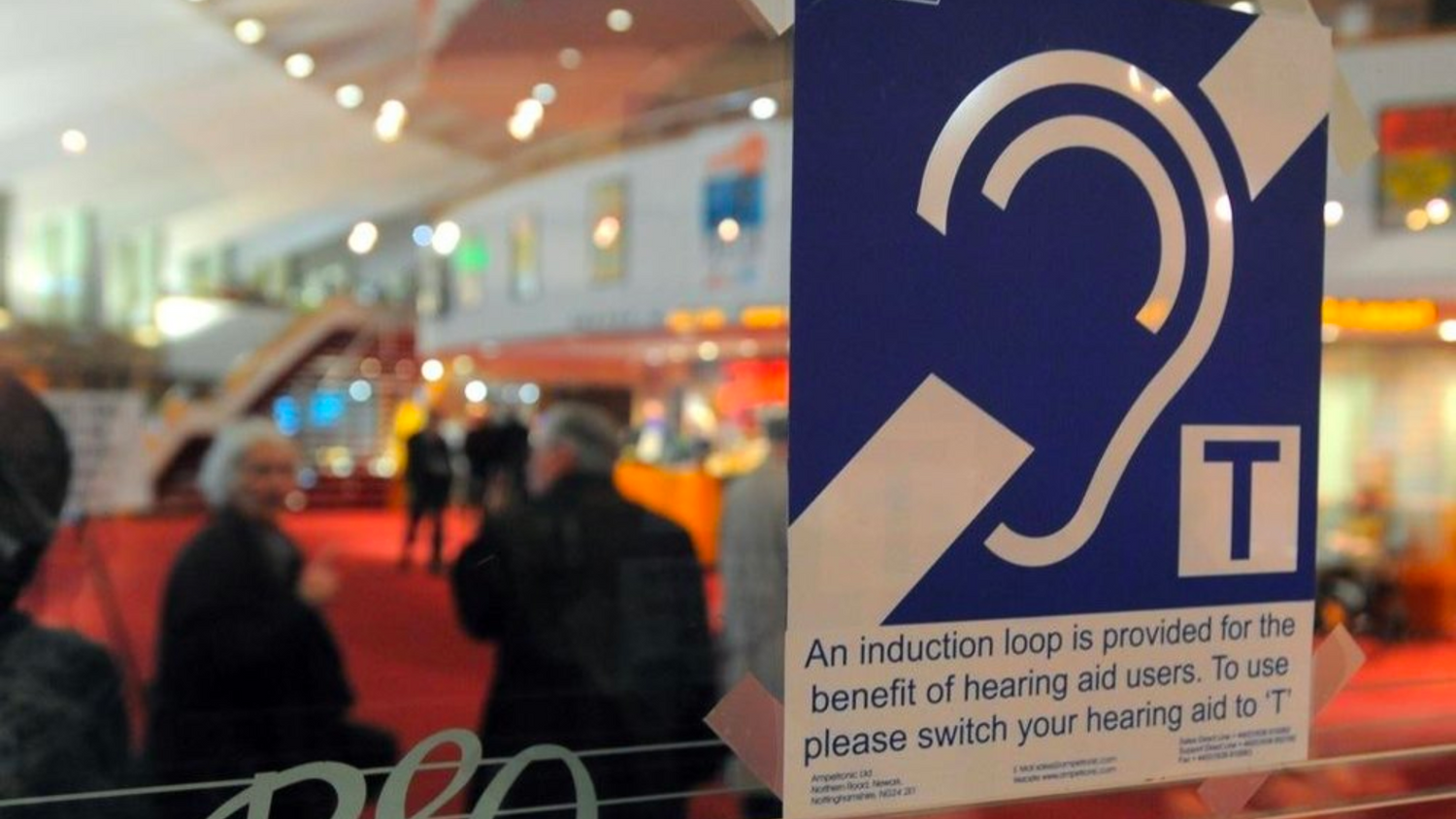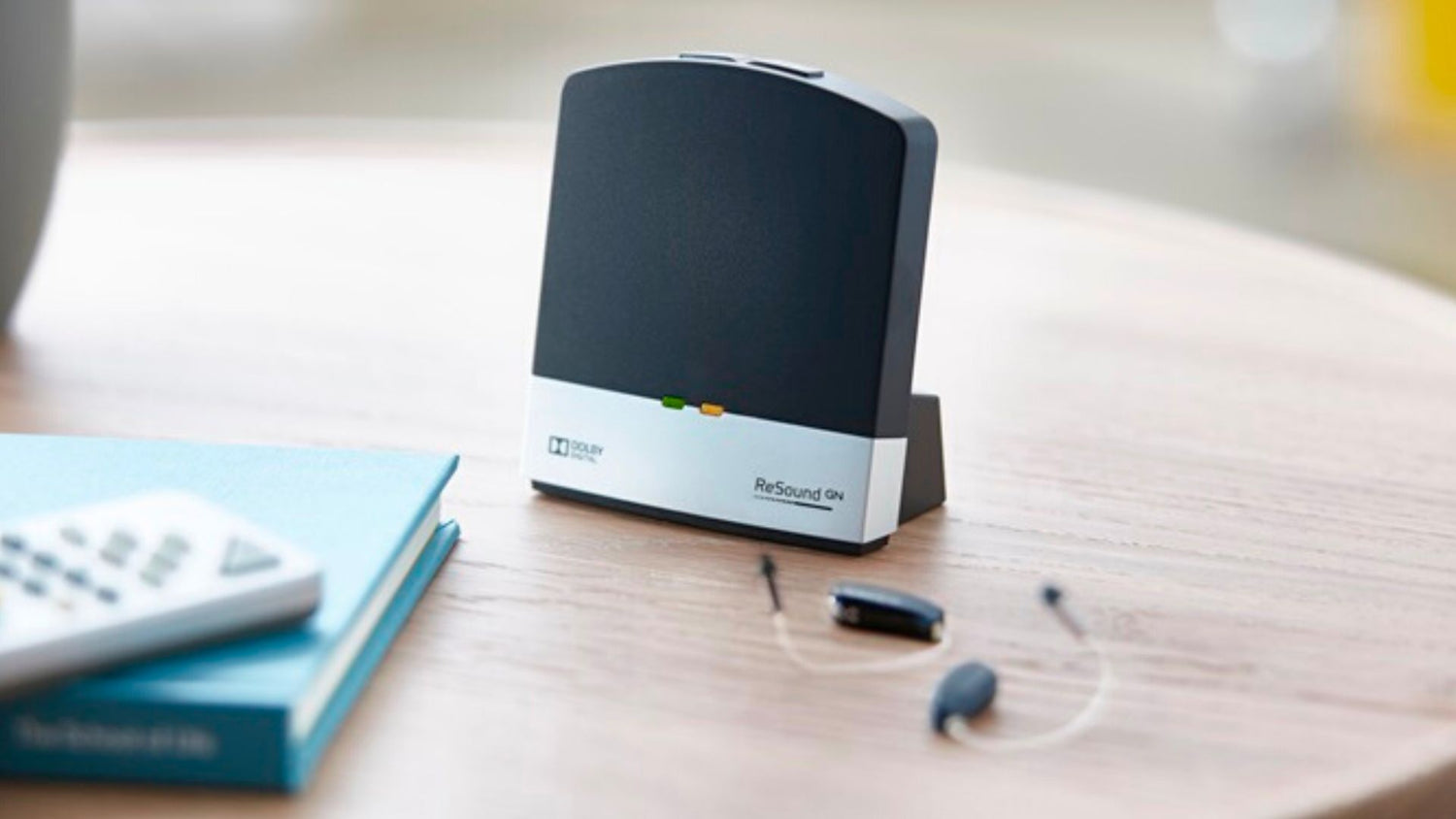Assistive Listening Devices
For those experiencing hearing loss, the value of hearing aids in daily communication is undeniable. However, certain situations may challenge the optimal performance of hearing aids, like watching TV or engaging in meetings. This is where Assistive Listening Devices (ALDs) step in, particularly favored by individuals with hearing impairments looking for additional support in noisy environments or when the sound source is distant.
Think of ALDs as the "binoculars for the ears," extending the capabilities of hearing aids to make them more effective. They're also handy for staying aware of surroundings without wearing hearing aids, such as waking up to an alarm or hearing the doorbell.
Types of Assistive Listening Devices
- Personal Amplifiers:
- Portable devices amplifying sound and reducing background noise.
- Worn on the ear or carried in a pocket or purse.
- Ideal for one-on-one conversations, mostly in a office settings.
- FM Systems:
- Consisting of a transmitter and receiver, whereby the transmitter picks up the speaker's voice and sends it to the receiver, which is worn by the listener.
- Commonly used in classrooms, lectures, and public settings.
- Reduces background noise and improves speech understanding, even in noisy places.
- Loop Systems:
- Designed for public places, like theaters, places of worship, airports.
- Allow hearing aids users to have direct sound input into their hearing aids through a loop wire that is placed around a designated listening area.
- Infrared Systems:
- Uses light waves to transmit sound.
- Common in theaters, movie theaters, and public settings.
- Transmitter sends sound signal to an infrared receiver worn by the listener.
- Captioned Telephones:
- Displays real-time captions, aiding understanding for those with hearing loss to understand better what's being said over the phone.
- Captions viewed on a screen or on the phone itself.
- TV Streamers:
- Wirelessly transmits TV audio directly to hearing aids.
- TV speakers can output sound at normal volume from other family members, so everyone can enjoy a movie together comfortably.
In conclusion, ALDs are an important tool for people with hearing loss to improve their communication and quality of life. There are many different types of ALDs available, each with their own unique features and benefits. It is important to work with a hearing specialist or audiologist to determine the best device for your specific needs and to ensure that you are using the device correctly.
Technologies Behind Each Assistive Listening Device
Four commonly used assistive listening technologies are audio induction loop, Bluetooth, infrared and radio frequency. Each protocol has its advantages and disadvantages, and may or may not suit a specific application.
- ALDs using Bluetooth Technology
Bluetooth technology is the latest innovation to take off among hearing aid users. This technology allows two electronic devices, such as a mobile phone and a Bluetooth-enabled hearing aid to do audio-streaming with one another. The range is limited, somewhere around 20 feet, but the lack of interference and secure connection of this convenient hands-free technology outweighs any negatives. In addition, the use of one streamer can allow the user to switch back and forth among multiple devices, from mobile phones to tablets to iPods. In recent years, most manufacturers have embraced Bluetooth technology onto their premium hearing aid models. - ALDs using Infrared Technology
Infrared-based are ALDs that utilize light-based technology. They guarantee privacy because light does not pass through walls. They are the appropriate choice for situations, such as court proceedings that require confidentiality. - ALDs using Inductive Loop Technology
Inductive loop ALDs utilize an electromagnetic field to deliver sound. Since most hearing aids come with telecoil functionality, it offers hearing aid or cochlea implant users the convenience to listen to sounds without the need of body-worn receivers. Loop-based ALDs can also be used by non-hearing aid users through use of a headphone and inductive loop receiver. - ALDs using Radio-Frequency Technology
ALDs that use radio frequency broadcasting technologies, such as FM systems are often used in educational settings. They offer mobility and flexibility when used with portable body-worn transmitters. Some newer FM systems utilize miniaturized receivers that fit onto a hearing aid via an “audioshoe.”
How Common Are Assistive Listening Devices?
In many countries around the world, legislation has been put in place stating that ALDs are now legally required by in any public place. This is to encourage hearing-impaired members of society to be given an equal opportunity to hear messages, speakers, or any other sound as clearly as anyone else with normal hearing. That is why ALD systems are commonly found in public venues, such as movie theaters, live performance theaters and public classes. Examples of this legislation can be found in national building codes and anti-discrimination laws, such the Americans with Disabilities Act 2008, Australia’s Disability Discrimination Act and UK Equality 2010.
Can Assistive Listening Devices Be Used by Deaf People?
Assistive listening devices are used by people with all degrees of hearing loss, from mild to profound. This includes hearing aid users and cochlear implant users, as well as consumers who are 100% deaf.
Hear Clearly, Anytime, Anywhere
by elevating your listening experience with Assistive Listening Devices

Do I Need Assistive Listening Devices?
While hearing aids can significantly improve hearing and communication in most situations, there may be specific environments or situations where they are not sufficient. In these cases, assisted listening devices can provide additional support and improve the overall hearing experience.

Types of Assistive Listening Devices
Assistive listening devices (ALDs) are devices that help hearing aid users to hear more clearly in different environments. They are used by people with all degrees of hearing loss, from mild to profound, including consumers who are 100% deaf.

10 Days Risk-Free Trial
Experience the benefits of our hearing aids in the comfort of your home or office for 10 days, with no obligation to purchase. It's a risk-free way to improve your hearing.

Hearing Solutions
With more than 100+ hearing devices, you can always find the product that best fits your personal hearing needs. Our goal is to provide each customer the best care possible based on their unique lifestyle, budget and hearing conditions.
Never Too Late to Prioritize Your Hearing
Many individuals who have postponed getting hearing aids admit that they underestimated the negative effects of hearing loss and its potential impact on their daily activities.


